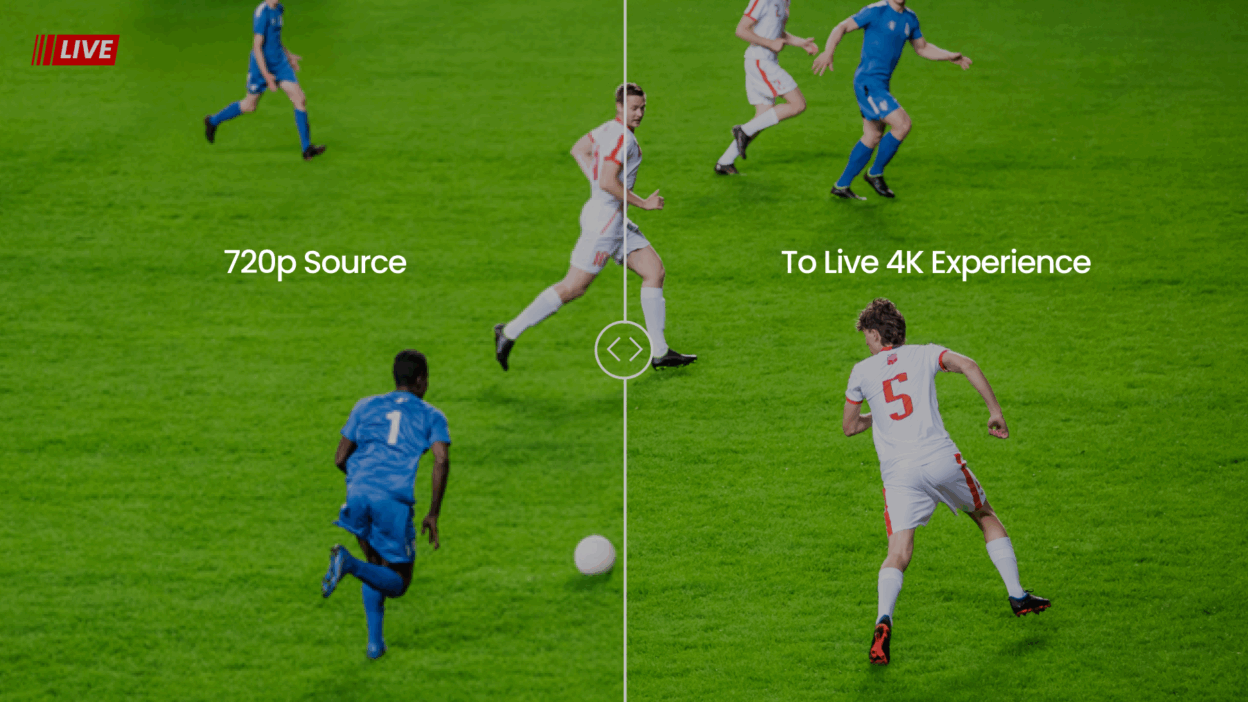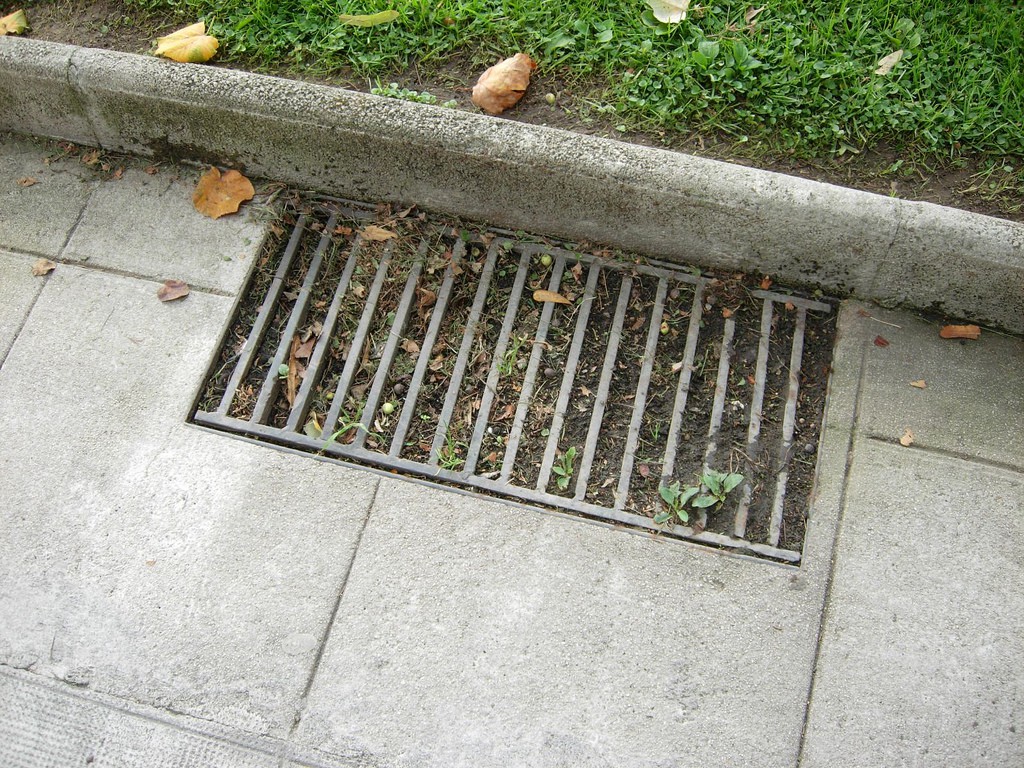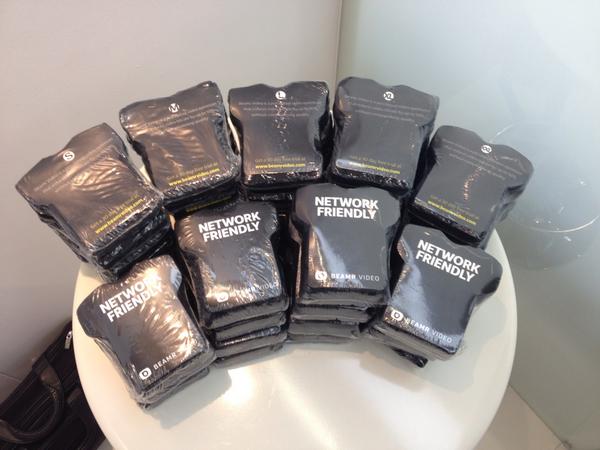Industry Executives Acknowledge Beamr’s Media Optimization Leadership
This week at Streaming Media West, Beamr’s Director of Sales and Strategy, Mark Donnigan, moderated a panel on Media Optimization at Streaming…
Beamr Video is Heading to Streaming Media West
UPDATE: Watch the video here. We are headed to Streaming Media West in Huntington Beach, California! This is the place to learn all about…
How Clogged Will the Internet be by 2020?
How clogged will the internet be by 2020? Well, let’s take a look at a few things. The number of TV sets connected to the internet will reach…
Beamr Video Optimizes Videos and. . . T-shirts?
As we were getting ready for IBC a few weeks ago, we started thinking about how making the visit to our booth more special. The idea of giving…
Hottest Trends From IBC 2014 in Amsterdam
We’re back after 5 intensive days at IBC 2014 in Amsterdam, where we presented Beamr Video 2.0 to over 200 potential customers. After…
Cutting Bitrate by 50% Just Became a Reality
It is with great joy and excitement that we announce the launch of Beamr 2.0 today. It was just one short year ago that we launched Beamr…
Visit Us at IBC in Amsterdam, September 12-16
Beamr Video is heading to IBC in Amsterdam to show off some demos, meet our customers, say hello to old friends, and give out compressed…
Is the Market Ready for 4K TV?
4K TV, also known as Ultra-HD or UHD TV, is the hottest buzzword at the moment in the entertainment tech scene. It’s redefining what we…











